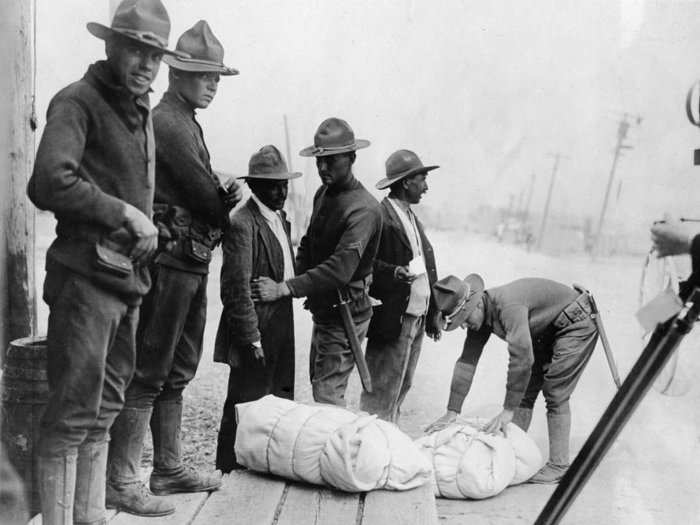



In 1930, the US started a repatriation program, which offered Mexican immigrants free train rides back to Mexico in an effort to curb immigration. Hundreds of thousands of Mexican immigrants, especially farm workers, were deported during the 1930s.


Undocumented immigration into the US increased after WWII, so in 1954, the government launched Operation Wetback, a program that deported nearly 4 million Mexican immigrants.

The 1965 act changed the ethnic makeup of the US and increased the number of immigrants to the country. Legal immigration grew 60% over the next two decades, with many people coming from Latin America.

Source: NBC



Source: CityLab






The group has largely splintered since then, but some still regularly patrol the border.
Source: The New York Times



Source: Vice




Source: The Washington Post

Source: Politico

 Top temples to visit in India you must visit atleast once in a lifetime
Top temples to visit in India you must visit atleast once in a lifetime
 Top 10 adventure sports across India: Where to experience them in 2024
Top 10 adventure sports across India: Where to experience them in 2024
 Market recap: Valuation of 6 of top 10 firms declines by Rs 68,417 cr; Airtel biggest laggard
Market recap: Valuation of 6 of top 10 firms declines by Rs 68,417 cr; Airtel biggest laggard

Copyright © 2024. Times Internet Limited. All rights reserved.For reprint rights. Times Syndication Service.